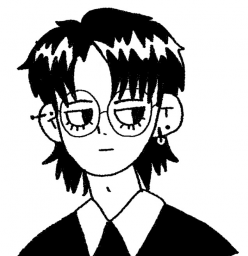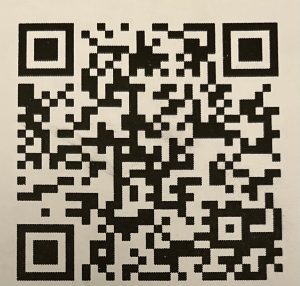Coming into the course, I was rather excited to learn more about incorporating aspects of DIY ethos and maker mentality into the education and pedagogy, as I felt like the theoretical pedagogy was what I lacked in my current arsenal of tools.
The Provocations and Maker Challenges were great opportunities to think about the application of the theories we have learned in class. It was the perfect time and place for me to brainstorm the ways I can incorporate my personal interests with creating meaningful activities for others to think more deeply about topics relating to EDIDA frameworks and Liberatory Design Thinking, grounding the theoretical concepts and rendering it more tangible and meaningful.
One example of this was reflecting on my visit to Our Community Bikes, and later on, exploring the intersection of identity, accessibility and community building through the Critical Learning Task in conjunction with the Anti-racism Speaker Series podcast. This personal connection also allowed me to embed lived experiences into the narrative, further demonstrating how makerspaces can serve as platforms for storytelling and advocacy.
With accessibility and inclusivity at its core, this course also challenged me to think more thoughtfully about the utilization of technology and creating multiple points of entry for participation. On the no-tech side of things, using recycled fabric to create a quilt, or magazines and scrap paper to create a collage zine, this made me reflect on the the value of resourcefulness in inclusive makerspace to democratize making. On the high-tech side of things, the incorporation of AR/VR elements created opportunities for engagement in digital spaces, which made me reflect on the module of multimedia and multiliteracies, which was an opportunity to consider the ways how technology can enhance access and interaction without overshadowing the personal, hands-on aspects of making.
Constructivist theories, which emphasize learning through experiences, deeply resonated with me in this class, especially when it came to sharing our own artefacts with each other on the discussion boards and providing feedback to each other. I learned a lot about how each of my colleagues implement their maker mentality in their personal and professional contexts, and getting to know one another through this mixing and remixing of ideas was rather fun and insightful! This reciprocal exchange highlighted the power of collective making, and underscores how diverse perspectives can enrich meaning-making, moving beyond individual experiences to create shared understanding.
Along those same lines, our instructor, Keri, provided such detailed feedback throughout the semester, her encouragement and guidance affirmed the effort I put into integrating personal experiences, scholarly frameworks and hands-on practice. This reinforced my confidence in using storytelling and personal insights to make theoretical concepts more accessible and actionable. Keri does not forget to push us further to think about how our work connects with the critical theory, and invites us to refine our work iteratively throughout the course, metaphysically embodying the Liberatory Design Principles that we have learned! Thank you again for your thoughtful guidance through this course, not only affirming my progress throughout this program, but also providing clear pathways for improvement and growth. I look forwards to applying these insights to my future work, and continuing to bridge personal resonance with critical engagement.
Though most of the readings are centered around Makerspaces, I think the biggest paradigm shift for me was requiring us to expand our ideas of what “making” and “makerspaces” can look like — a walk in the park, a craft circle amongst friends, a repair café at the community center, a workshop at school — can all be sites of making and creating. This shift of perspective has made me realize how embedded in “making” I already am, and realizing that has only expanded my ways of participation! These moments reinforced the idea that makerspaces are not confined to workshops or classrooms, they’re embedded in daily life!
This course expanded my understanding of makerspaces as dynamic, inclusive spaces rooted in both theory and personal experience. By embracing the maker mindset in everyday life and projects, I’ve learned to see making as a form of storytelling, advocacy, and connection. Moving forward, I am excited to apply these insights to help facilitate and make spaces that honor diverse voices and foster meaningful engagement.

